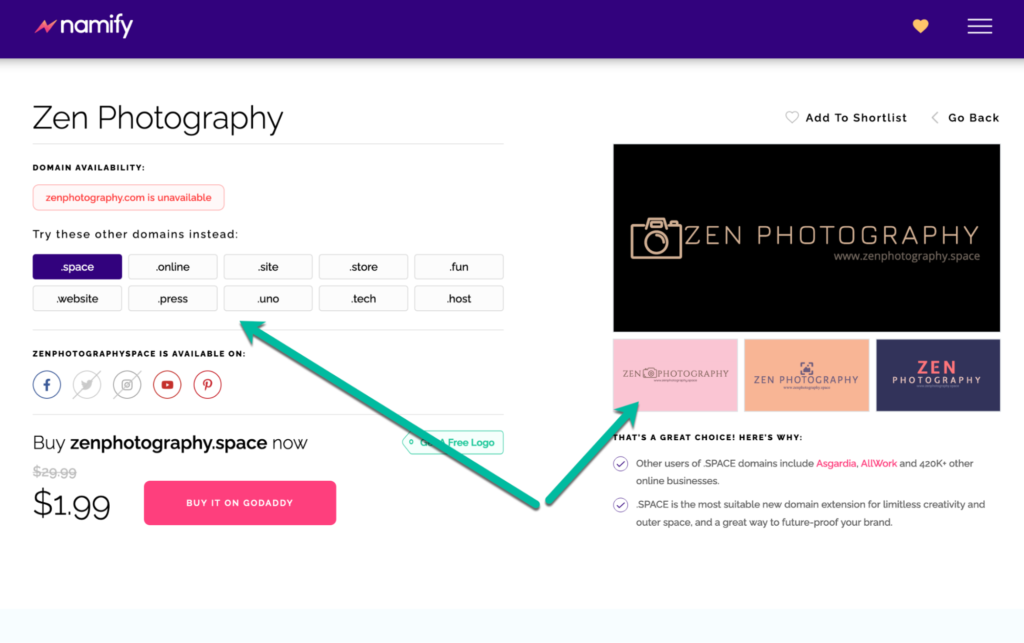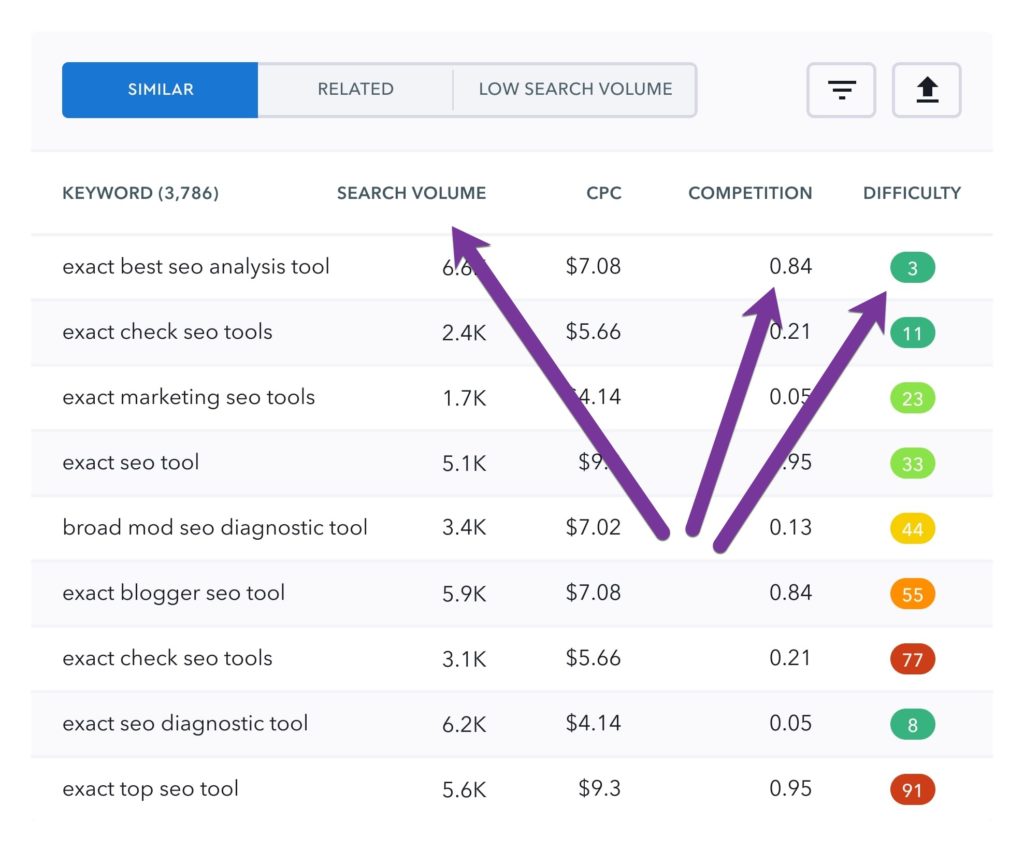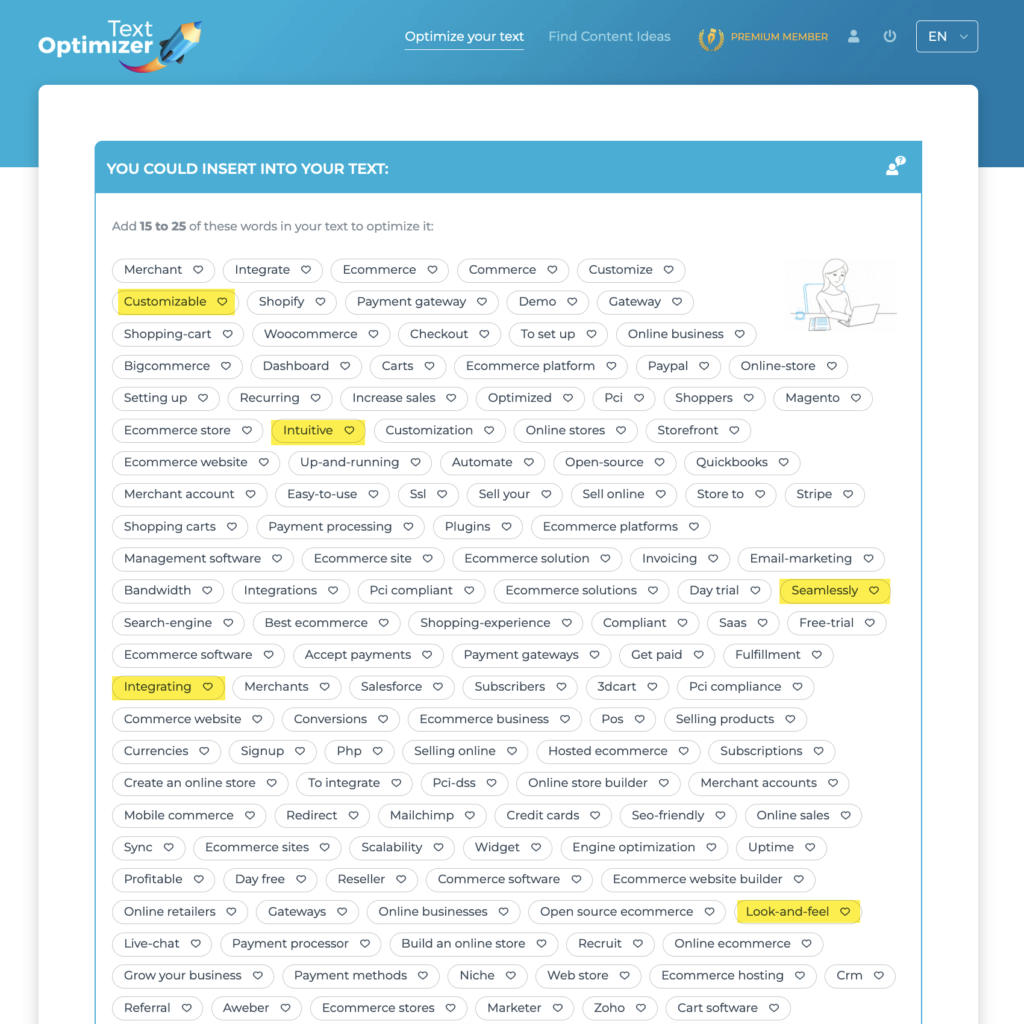Don’t Waste Money: Six Ways To Maximize Your Content Marketing Budget

A good content marketing strategy is one of the best ways to reach your audience on a tight budget.
But, before you begin writing those articles or invest in a video production that will pull your audience in, it’s important to consider what you will get for your time and money. Spending money for the sake of producing content won’t get you far. But investing in something that’s in line with your mission and values just might.
Even if you’re doing well, remember – there’s always room for improvement. By making a few adjustments to your strategy, you could increase your ROI, spend less, or simply make sure that you’re making the most of your content marketing budget.
If that’s what you’re after, here are a few tips on how to get the biggest bang for your buck.
1. Create a Money-Saving Plan
When setting up your content marketing plan or even prior to setting up your digital identity, do your research. There are lots of ways to save. All you need is to research your options.
Don’t invest in an expensive keyword-focused .com domain. People and search engines don’t pay nearly as much attention to domain names these days. Instead, find a domain that will be easier to brand. Namify has a creative blog name generator that can help you find a domain that will cost as little as $1.99 per month.

There are also affordable hosting options (I never recommend free hosting) and free content management systems, like WordPress which comes with free plugins and free themes. There are lots of free marketing tools, like Tweetdeck, Google Analytics, and Search Console.
With a little bit of research, you can publish and market your content on your own site without having to invest hundreds of dollars into your digital presence. All it takes is planning your budget thoroughly prior to launching your content marketing campaign.
2. Research and Optimize
The only way to ensure you’re not losing money on content marketing is to do your homework before you get started with putting together a strategy. And don’t think that doing the hard work once will be enough. To see results, you need to be prepared to analyze, experiment and adapt as necessary.
First and foremost, be aware of the fact that all your marketing efforts need to be curated to fit your audience. For example, you probably know that Instagram has one billion monthly users. But it’s also important to remember that 30% of those users are aged 18-24, and 32% are aged 25-34. So if your goal is to engage with Gen X or Baby Boomers, you’d better direct your attention towards publishing on Facebook, YouTube, or your blog. Age will further influence the form of content that works best, including length.

Once you’ve identified the forms you need to focus on, you’ll want to make sure your content is actually reaching people. For the most part, this will include investing in SEO so that you can increase your SERP rankings, boost brand authority, and generate more leads you can then turn into customers. Don’t be afraid of combining your content with CTAs and lead magnets, as these will help you attain your desired results more quickly, and with less money spent on PPC advertising.
Another thing to keep in mind is that no matter what you do, you always need to be following the analytical data. Having content that’s popular but doesn’t generate conversions means that you need to find a way to utilize it better. Or, if what you’re doing isn’t being seen, perhaps you will need to rethink the keywords you’re targeting.
3. Use Your Budget Reasonably
Great content doesn’t have to be expensive to produce. More than anything else, consider the cost of your own work. If you’re spending hours on writing a mediocre blog post, while a professionally written one would set you back between $30-$70, then, quite frankly, you’re wasting your resources.
Sure, some small businesses are working with very limited budgets, but even then, you can find ways of maximizing what you already have.
You can share parts of your existing content on social media. Alternatively, you could repurpose what you have and give it a new form. A study can easily be transformed into an infographic, giving it a new format that’s simple to understand and is guaranteed to be more engaging than simple text.
Content repurposing is another great tactic to create fresh content on a budget.
4. Find New Platforms
Perhaps you’re doing business in a saturated industry in which standing out from the competition is difficult. In this case, reaching customers could prove to be either very expensive or even impossible.
But, instead of spending hundreds of dollars on boosting your Facebook posts so that your followers see them, why not take the conversation to a different place? Don’t be afraid to think outside of the box. After all, you might just find that publishing on a non-traditional platform (or in a different format) gets you better results, for less.
How-tos and guides are the perfect examples of this. A great example of a brand that uses video for the same purpose, but with a much different approach is dbrand. Their YouTube channel is also home to instructional videos, but here, the emphasis is not only on the instructions. Instead, they use the medium to further establish the company’s identity through the use of tone. This way, they’re simultaneously getting content that offers value, as well as investing in their branding. That’s clever budgeting right there!

5. Choose Your Topics Wisely
One of the most expensive things you can do is invest in content that’s irrelevant to your audience. Not only will it cost you money to produce, but even more, it might saturate your website in a way that draws away from your focus. So how do you solve this?
Well, there are two simple ways to create a profitable strategy. The first is to be picky with the topics you choose. Be sure to thoroughly research keywords, as well as to turn to communities such as Quora for post ideas. You can even browse social media, or take a look at what your competition is doing.
SE Ranking offers an advanced keyword suggestion tool helping you find keywords that are comparatively easy to rank for while having a solid search volume.

Another helpful tool I always use is Text Optimizer which suggests related keywords that are tightly associated with your topic:

The second is to stay on top of current events, but with your own twist on the matters. For example, in the past years, most websites have given attention to the COVID-19 pandemic. So, a page that targets senior citizens will want to cover the subject, but with information relevant to their audience.
6. Don’t Let Yourself Forget About Customer Retention
If you consider the evidence that e-commerce stores get 41% of their revenue from returning customers, it becomes fairly obvious that skipping customer retention in your content marketing budget is a missed opportunity. After all, getting in touch with existing consumers could cost you next to nothing, as long as you employ a few basic strategies.
For one, use email to share your posts. Whether you have put together a helpful blog article or created a funny meme, don’t miss the opportunity to drive traffic through your newsletter (which you can make for very little or no money).
Furthermore, use your social media. Combining content and social media strategies can yield amazing results, all the while driving the cost down. For an example of a company that’s doing this right, take a look at the dancewear brand Cloud & Victory, whose Instagram feed is filled with fun, niche-specific posts, inspirational messages, and original memes.

Although their objective is to sell products, their strategy is to use content in a way that generates exposure, raises brand awareness, and encourages familiarity. And these actions drive sales much better than paid promotions.
Content Marketing Budget Takeaways
Even though it may seem like a lot of work, creating a content marketing budget that gets you more with less is entirely possible. So, instead of wasting money to create more at any cost, why not take a look at what you have and how you can use it better.
More often than not, you’ll find that simply repurposing or finding new platforms to promote existing posts is a budget-friendly option. Make sure to invest in customer-centric content instead of creating content that you think people need. Do your research.
And then, once you’re ready to produce more, make sure you’re doing your research, picking relevant topics, and covering them in a way that will offer the best value to your audience. You’ll find that quality and originality will always get more organic reach – which is, ultimately, the best way to spend your budget.
Sign Up For Our Mailing List
If you’d like to receive more in-depth articles, videos, and Infographics in your inbox, please sign up below.

Sign up for the newest articles from Curatti, delivered straight to your inbox
Featured image: Copyright: ‘https://www.123rf.com/profile_vectorlab‘ / 123RF Stock Photo
Latest posts by Anna Fox (see all)
- How to Become a Better Freelance Writer by Managing Your Time Better - December 1, 2022
- All the Tools You Need for a Successful Link Building Campaign - September 13, 2022
- Don’t Waste Money: Six Ways To Maximize Your Content Marketing Budget - June 28, 2022
